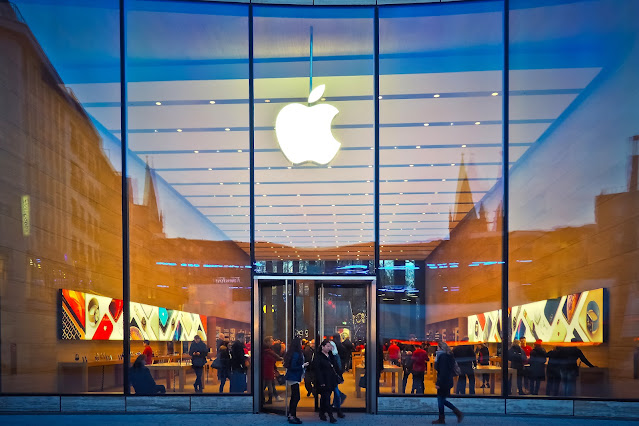Recently, the Moonlock Lab cybersecurity team discovered a macOS malware strain that can easily evade detection, posing a significant threat to users' data privacy and security.
The infection chain for this malware begins when a Mac user visits a website in search of pirated software.
On such sites, users might encounter a file titled CleanMyMacCrack.dmg, believing it to be a cracked version of the popular Mac cleaning software, CleanMyMac. When this DMG file is launched on the computer, it executes a Mach-O file, which subsequently downloads an AppleScript designed to steal sensitive information from the infected Mac.
Once the malware infects a macOS computer, it can perform a variety of malicious actions. It collects and stores the Mac owner's username and sets up temporary directories to hold stolen data before exfiltration. The malware extracts browsing history, cookies, saved passwords, and other sensitive data from web browsers. It also identifies and accesses directories that commonly contain cryptocurrency wallets.
Additionally, it copies macOS keychain data, Apple Notes data, and cookies from Safari, gathers general user information, system details, and metadata, and then exfiltrates all this stolen data to threat actors.
Moonlock Lab has linked this macOS malware to a well-known Russian-speaking threat actor, Rodrigo4. This hacker has been active on the XSS underground forum, where he has been seen recruiting other hackers to help distribute his malware using SEO manipulation and online ads.
This discovery underscores the growing threat of sophisticated malware targeting macOS users, a group often perceived as being less vulnerable to such attacks.
Despite Apple's strong security measures, this incident highlights that no system is entirely immune to threats, especially when users are lured into downloading malicious software from untrustworthy sources.
To protect yourself from such threats, it is essential to take several precautions. First and foremost, avoid downloading pirated software and ensure that you only use trusted and official sources for your applications. Pirated software often hides malware that can compromise your system's security. Installing reputable antivirus software and keeping it updated can help detect and block malware on macOS. Regularly updating your macOS and all installed applications is crucial to patch any security vulnerabilities that may be exploited by attackers.
Additionally, exercise caution with downloads from unfamiliar websites or sources. Always verify the legitimacy of the website and the software before downloading and installing it. Enabling macOS’s built-in security features, such as Gatekeeper and XProtect, can also provide an additional layer of protection against malicious software. Gatekeeper helps ensure that only trusted software runs on your Mac, while XProtect provides continuous background monitoring for known malware.
The Moonlock Lab's findings highlight the need for greater awareness and proactive measures to safeguard personal data and privacy. Users should remain vigilant and informed about the latest security threats and best practices for protecting their devices.
By staying informed and cautious, Apple users can better protect their devices from malware and other cybersecurity threats. Awareness of the potential risks and implementing the recommended security practices can significantly reduce the likelihood of falling victim to such malicious activities. As cyber threats continue to evolve, maintaining robust security measures and staying updated on the latest threats will be crucial in ensuring the safety and integrity of personal data on macOS devices.








